Studies has clearly shown that clashing is more likely to happen in diverse groups due to the differences in their backgrounds which can cause conflicts to arise. If not properly managed, they may make a diverse group dysfunctional causing all the benefits of diversity to be lost.
So, what is the solution?
Conflicts are inevitable in life and sooner or later they cross out path regardless of the ethnicity or belief system of people. Really, have you never had a conflict with parents, peers or siblings?
However, good leadership is essential in the managmement of conflicts. In the case of young people, youth leaders, educators and facilitators have an important role to play, through direct conversations but can set an example of managing conflict in a positive way.
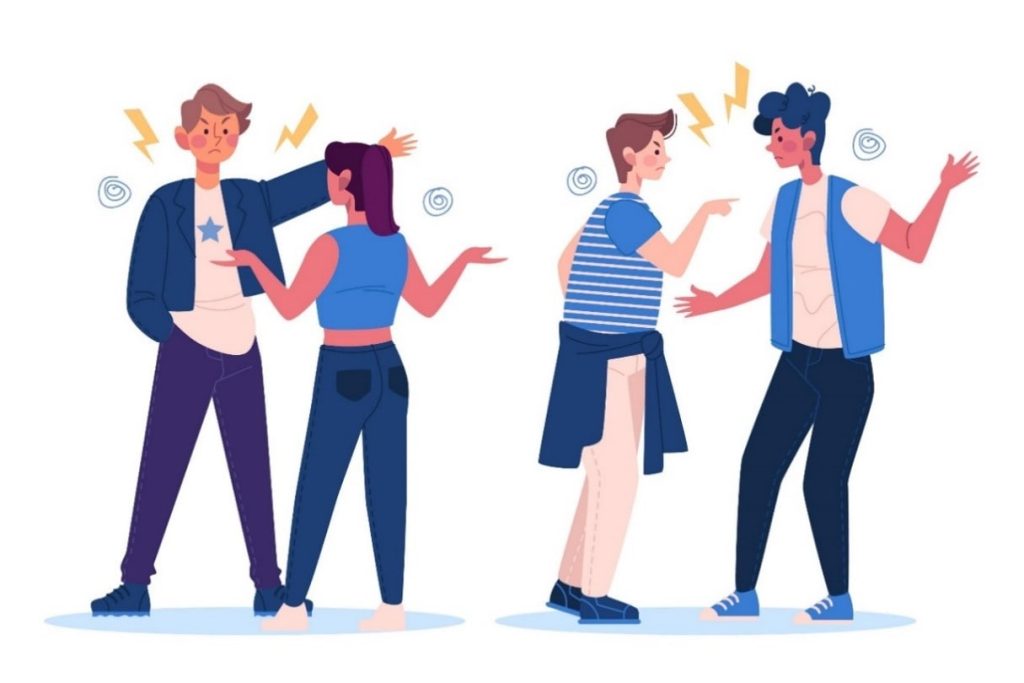
PROGRAMA VITAMINA
Programa Vitamina is carried out in Catalan disadvantaged neighborhoods where young people of different nationalities are faced with negative leadership examples and role models.
Throughout activities, group sessions (some of them even involving their families) young people are guided into collaborating with each other and at the end of the project they are asked to create and lead a community intervention which will benefit a certain group of people from the neighborhood.
Before reaching this point the programme trains their group-cohesion, leadership, conflict-resolution, decision-making and all types of skills that will be useful for the intervention and their life.
Source: https://cartadelapaz.org/
In our diverse and interconnected world, conflicts are inevitable. It's not really the conflicts themselves, but how we handle them, that truly matters.
For young individuals, especially in diverse communities, mastering the art of positive conflict resolution is more than just a skill—it's a pathway to personal growth, stronger relationships, and overall wellbeing.
Embracing differences, understanding varied perspectives, and finding common ground can transform challenges into opportunities for enrichment and unity. Let's delve into why this is so crucial for youth wellbeing.
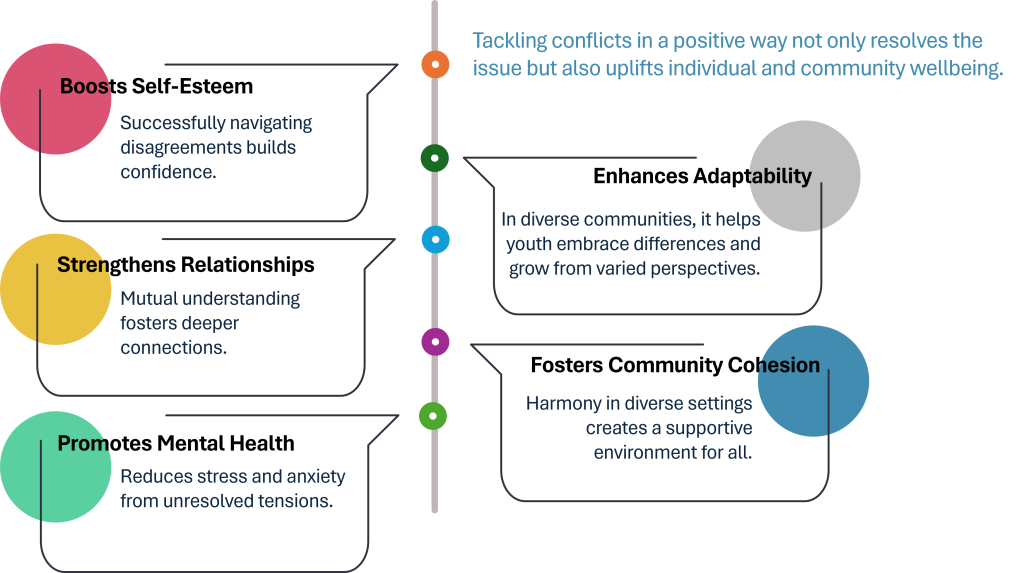
🌟 1. Active Listening: listen without interrupting. Understand the other person's perspective.
🤔 2. Open Communication: express your feelings calmly. Use "I" statements, like "I feel" or "I think.“
🚫 3. Avoid Blame: focus on the issue, not the person. Avoid using accusatory language.
🤝 4. Find a Win-Win: look for solutions that benefit everyone. Compromise when needed.
💡 5. Take a Break: if things get heated, step back. Return to the discussion when everyone's calm.
🌐 6. Seek Mediation: if needed, involve a neutral third party. They can help guide the conversation.
Remember: Conflicts are natural, but how we handle them makes all the difference. Approach with empathy and understanding.
Anyone can learn the skills needed to perform intercultural mediation. All you need is dedication and motivation.
Mediation is a tool you can use to bridge communication between different communities, or even just two persons. Sometimes it means helping with differences, or language, or solving verbal conflicts.
Check out the INCLUDE ME project resources and find out more: https://www.includemeproject.eu/good-practice-guide/
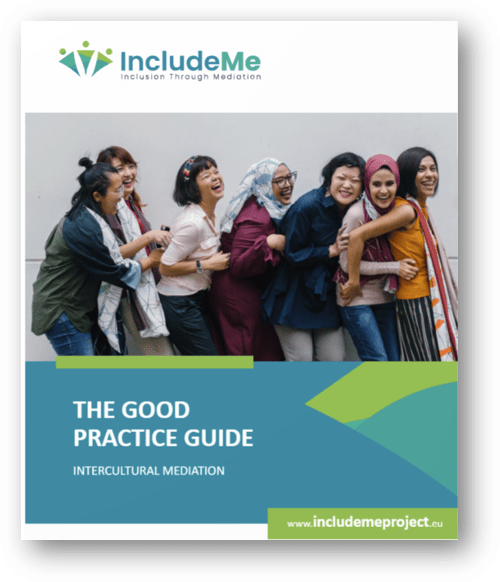

Arts and culture bring young people from all walks of life together. When you express yourself through art, something great happens – you start building bridges that go beyond social, cultural, and economic differences.
Imagine that art is a language everyone understands, no matter where you come from or your background. It helps you connect with others.
So, whether you're into painting, dancing, singing, or any other form of artistic expression, remember that it has the power to bring people together and create bonds. Embrace your creativity!
The impact on creativity
Arts and culture can bring wellbeing in a diverse youth community in several ways. Firstly, arts and culture allow you to express your creativity and explore your own identity and that of others. This can help you gain self-esteem!
The impact on self-development
Secondly, by participating in arts and cultural activities, you can learn new skills and develop a sense of achievement, which can lead to greater confidence in your capacities.
What kind of arts would you like to practice (theatre, music, visual arts, manuals, etc.)? How would you use it to connect with others?
The impact on the community
When you engage with arts and culture, it opens doors to better understanding and empathy for different cultures and perspectives. This paves the way for a community that's more united and harmonious.
Also, arts and culture offer a safe and supportive space for you to connect with others who share your interests and passions. This is important because it helps fight against feeling lonely or left out, making you feel like you belong.
Through theatre and arts programmes, you learn essential skills like communication, collaboration, and creativity. You will feel proud of your work, boosting your mental well-being. These programmes give you a chance to express yourself freely and make friends with people who have different life experiences and viewpoints.
So, by embracing arts and culture, you're not just growing as an individual; you're also making a positive impact on your community.
This activity promotes creative engagement with art, collaboration, and boosts confidence and self-expression.
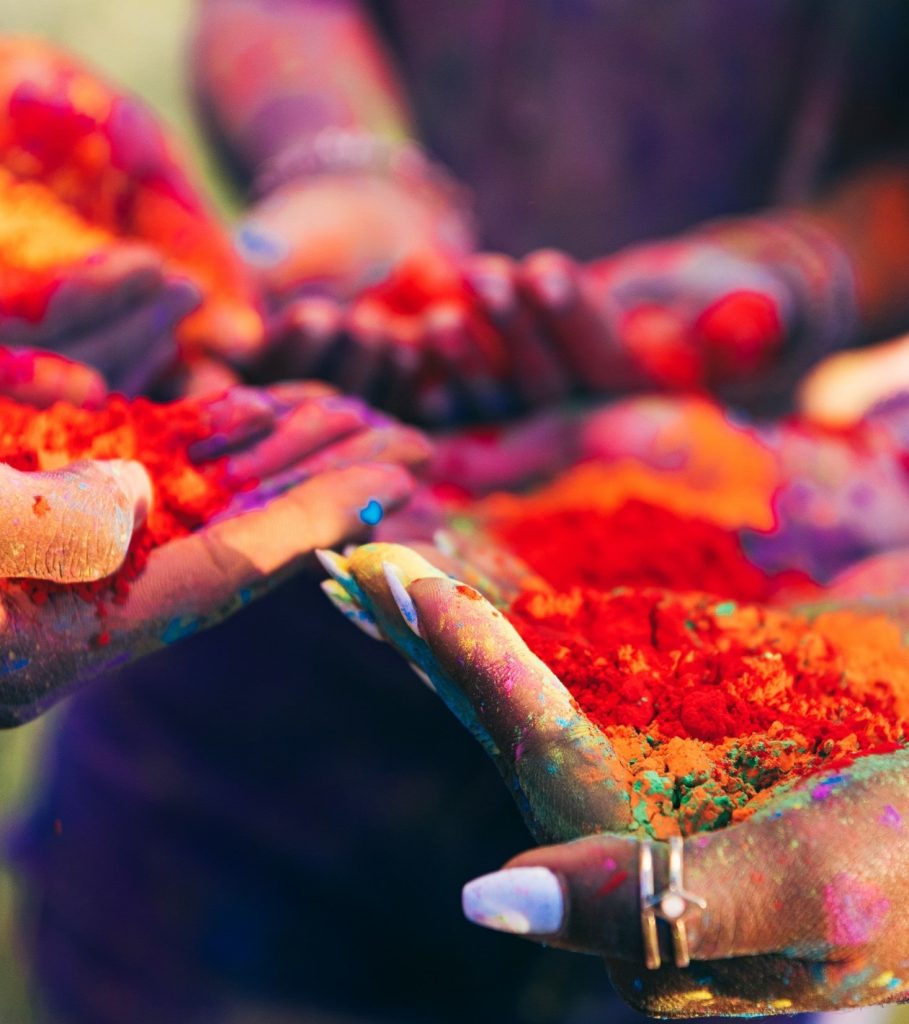
Ta vie se raconte au théâtre
This is an example of a programme that uses theatre and the arts to empower young people and build self-confidence.
It provides a platform for young people, local and migrants, to tell their stories through theatre, allowing them to express their emotions, experiences, and perspectives.
The participants are guided through the creative process by professional theatre practitioners, who help them develop their scripts, stage their performances, and showcase their work to the wider public.
1
Diversity isn't just about differences; it's a powerhouse for creativity. Whether in art, youth projects, or business, blending various ethnic, cultural, and religious backgrounds leads to a burst of fresh ideas. It's like mixing colors on a palette - the more you mix, the richer the outcome.

2
Research even shows that diving into new cultures can reshape our thinking. Fun fact? People who connect with (or even date) individuals from diverse backgrounds tend to be more creative than those sticking to similar circles. So, embracing diversity? It's like giving your creativity a mega boost!

Why do we need Creativity?
Creativity is found in all areas in society.
It encourages young people to think outside the box and provides creative solutions for problems they face.
In communities, it fuels innovation and gives life to new products and services.
It also nourishes new ways of social interaction (social media), new pathways of education and policy.
Source: Moran, S. (2010). The roles of creativity in society. In J. C. Kaufman & R. J. Sternberg (Eds.), The Cambridge handbook of creativity (pp. 74–90). Cambridge University Press.
Whatgood comes fromDiversity?
According to Berkley University, diversity sparks creativity and pushes for fresh viewpoints, improving decision-making and problem-solving. Teams with diverse backgrounds offer a blend of innovation and unique thought processes. Moreover, groups with varied belief systems anticipate differing opinions, adjust their expectations, and consistently deliver higher outcomes.
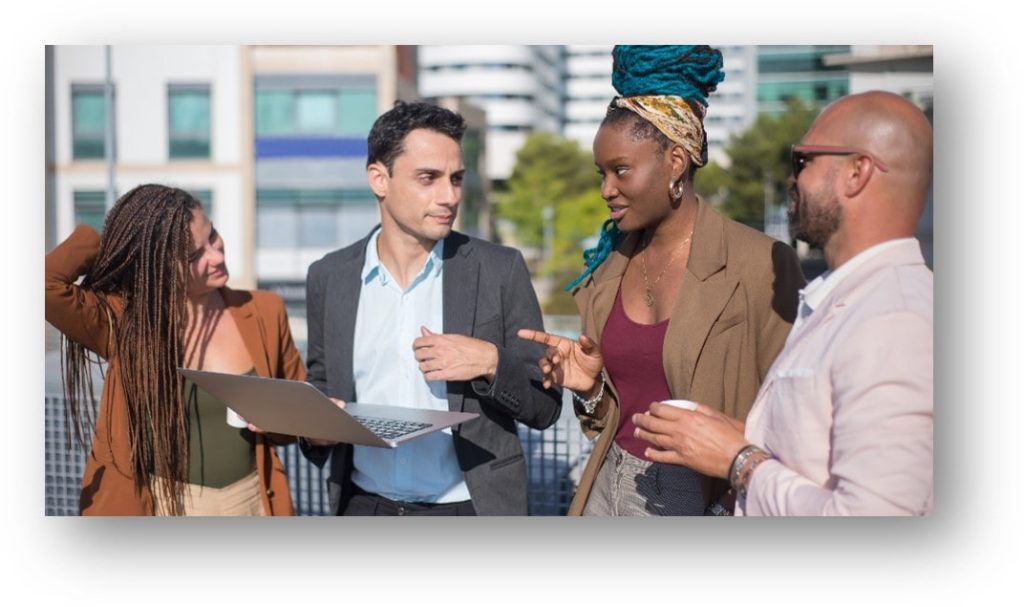
CONCLUSIONS FROM DIVERSE GROUPS IN BUSINESS
Diverse groups are more likely to experience conflicts in decision-making and social conflict, though they generate a bigger number of ideas.
Does this mean we should stay away from them?
Absolutely not! These effect may be mitigated by good leadership, knowledge-sharing and focusing on deep level diversity instead of demographic diversity (gender, ethnicity, age). Deep level diversity considers aspects such as personality, values, abilities which focus more on the individual and less on the stereotypes and prejudice.
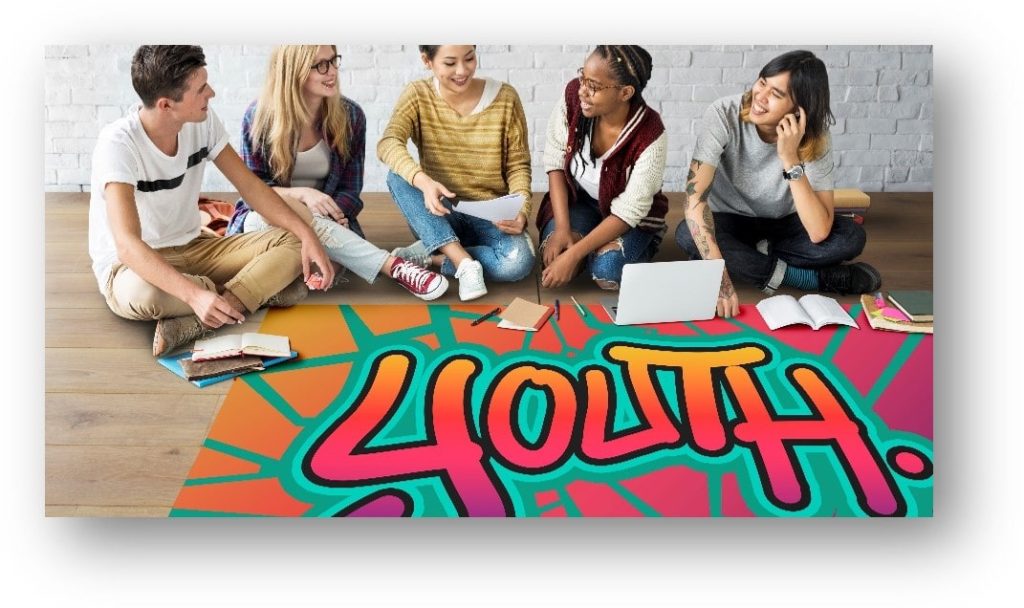
CONCLUSIONS FROM YOUTH GROUPS
In youth groups too there is a clear connection between multicultural diverstity and creativity, but the secret ingredient has to be present for it, and that is INTEGRATION. The Bicultural identity (when migrants perceive that their ethic culture and that of the host country are interconnected) is also positively related to creativity.
As they say, “The more, the merrier”!
Souces:
Ribeiro, Porto M., De Souza Fleith (2018), Cretivity and multiculturalism: literature review, Temas em Psicología, 26 (2), 257-270
Chamorro-Premuzic, T. (2017) Does diverstiy actually increase Creativity, Harvard Business Review.